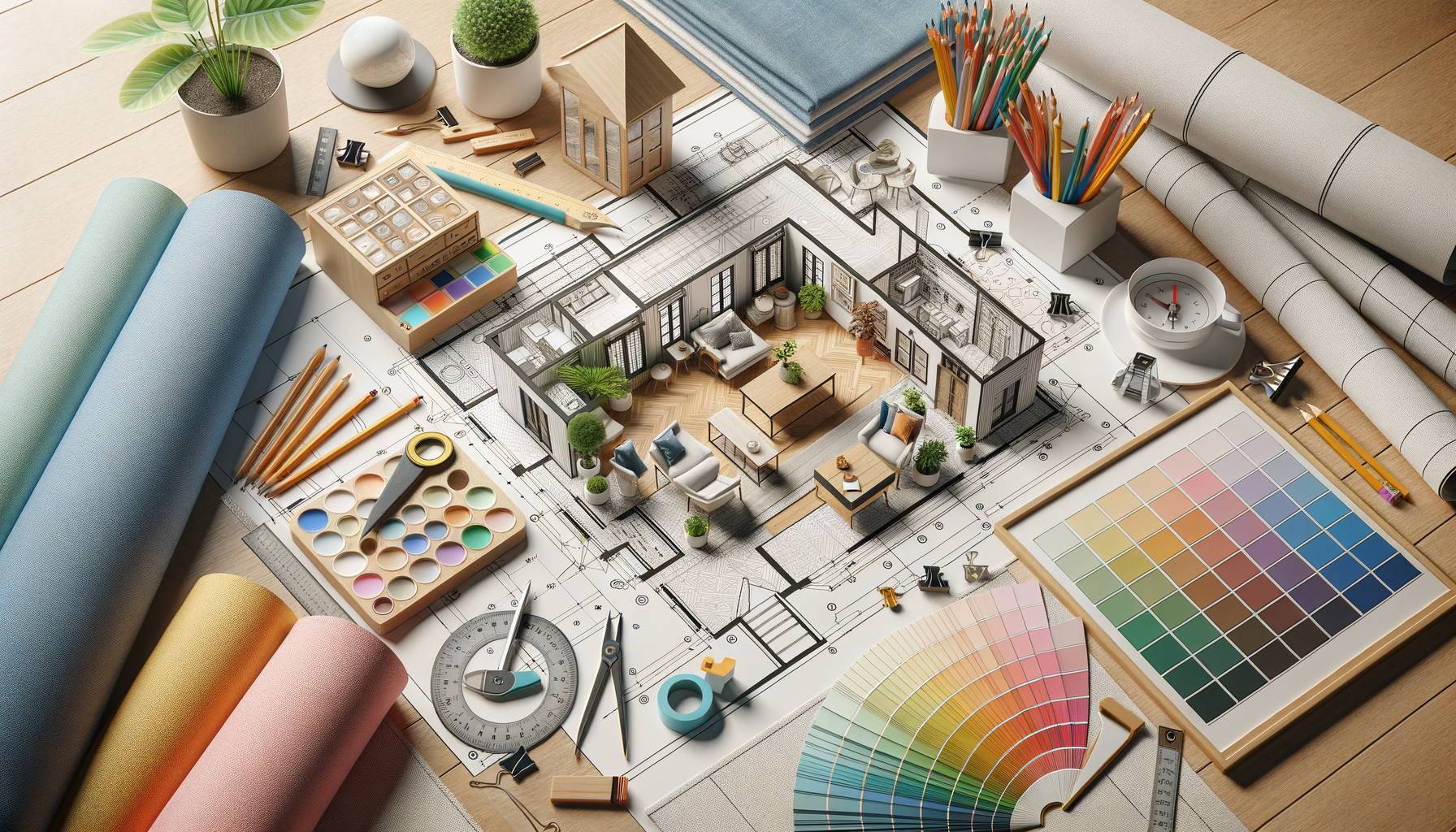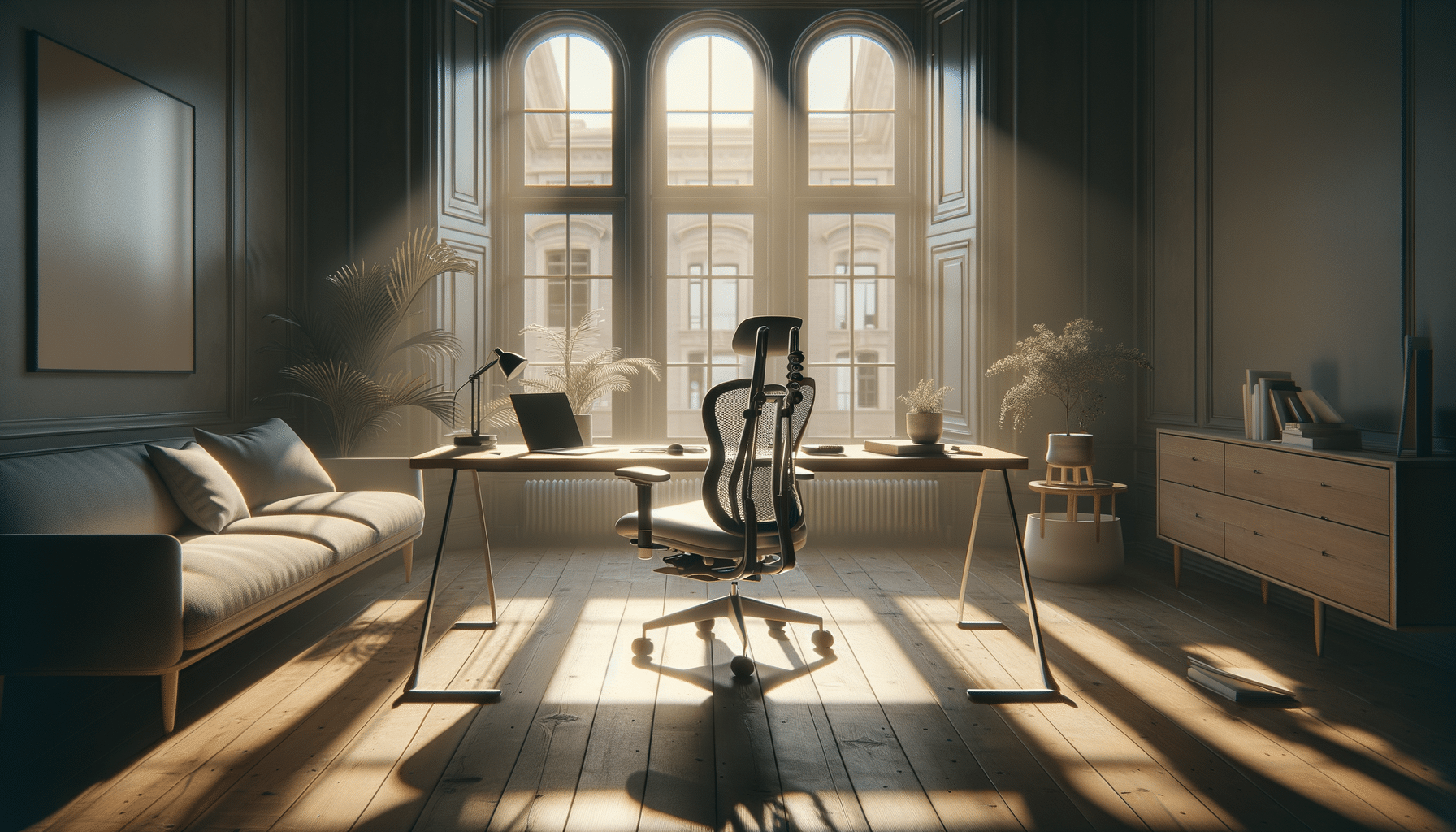
Interior Design Courses: Learning Pathways and Program Types
Understanding the Basics of Interior Design Courses
Interior design is an art and science that involves enhancing the interior of buildings to achieve a healthier and more aesthetically pleasing environment. Courses in interior design provide students with the skills necessary to transform spaces, focusing on elements such as spatial arrangement, color schemes, and material selection. These courses are essential for anyone looking to enter the field professionally, as they cover the fundamental principles of design, including balance, harmony, and proportion.
Students often begin with foundational courses that introduce them to design concepts and the history of interior design. This foundational knowledge is crucial as it provides context and background, enabling students to understand how past styles influence current trends. Moreover, introductory courses often cover basic design tools, including software for creating digital renderings and floor plans.
As students progress, they delve into more specialized topics. These might include lighting design, furniture design, and sustainable practices. The integration of technology in design is another critical area, with courses often covering the use of design software and digital tools. This comprehensive approach ensures that graduates are well-equipped to meet the demands of modern interior design projects.
Different Types of Interior Design Programs
Interior design education is available through various types of programs, each catering to different levels of expertise and career goals. Certificate programs are typically short-term and focus on specific skills, making them ideal for those looking to enhance their existing knowledge or pivot into a new area of design.
Associate degree programs provide a more comprehensive education, usually over two years, and cover a wide range of topics from basic design principles to advanced techniques. These programs often include hands-on projects, allowing students to apply what they’ve learned in a practical setting.
Bachelor’s degree programs offer an in-depth exploration of interior design, combining theoretical knowledge with practical application. These programs often include internships, providing students with valuable industry experience. Additionally, some universities offer master’s degree programs for those looking to specialize further or pursue academic and research opportunities in interior design.
Key Skills Acquired in Interior Design Courses
Interior design courses equip students with a wide range of skills necessary for success in the field. Among the most crucial skills are creativity and an eye for detail, enabling designers to create visually appealing and functional spaces. Courses also emphasize the importance of problem-solving, as designers must often find innovative solutions to spatial challenges.
Technical skills are another critical component of interior design education. Students learn to use design software to create detailed plans and renderings, a vital part of the design process. Understanding materials and finishes is also essential, as designers must select appropriate options to meet both aesthetic and functional requirements.
Communication and collaboration skills are emphasized, as interior designers often work closely with clients, architects, and contractors. Effective communication ensures that design visions are accurately translated into reality, while collaboration fosters a productive and creative work environment.
Career Opportunities in Interior Design
The interior design industry offers a wide array of career opportunities, each requiring a unique set of skills and expertise. Graduates of interior design courses can find roles in residential design, where they create personalized spaces for homes, or in commercial design, focusing on offices, retail spaces, and hospitality venues.
Some designers choose to specialize in niche areas such as sustainable design, where they focus on creating environmentally friendly spaces, or in lighting design, which involves crafting the perfect ambiance through light. Others may pursue roles in set design for film and television, where they use their skills to create immersive environments.
The demand for interior designers is expected to grow, driven by the need for functional and aesthetically pleasing spaces in both residential and commercial settings. This growth presents numerous opportunities for those with the right skills and qualifications.
Choosing the Right Interior Design Course
Selecting the right interior design course involves considering several factors, including personal career goals, the level of education desired, and the specific skills one wishes to acquire. Prospective students should evaluate the curriculum of each program, ensuring it covers areas of interest and includes practical components such as internships or projects.
Accreditation is another important consideration, as it ensures the program meets industry standards and provides a recognized qualification. Students should also consider the reputation of the institution and the success of its graduates in the job market.
Finally, prospective students should consider the mode of study that best suits their lifestyle, whether it’s a full-time, part-time, or online program. With careful consideration and research, students can find a course that aligns with their aspirations and sets them on the path to a successful career in interior design.

